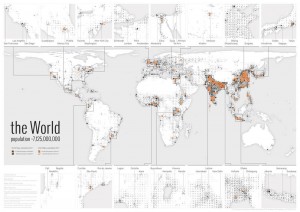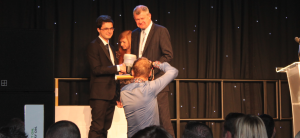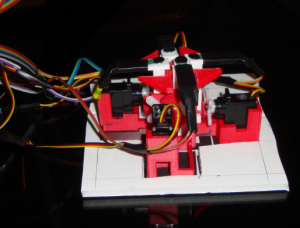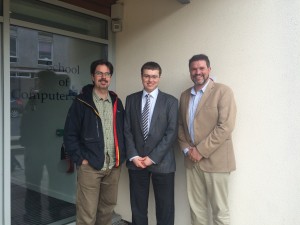Looking for an unusual Christmas gift? Look no further, the first ever FatFonts World Population Map is now available in the Axis Maps store. All proceeds from the maps will fund more research and help us provide exciting internships for students.
Created by Miguel Nacenta and Uta Hinrichs, the map shows how the population of the world is distributed. It uses a typographic visualization technique – FatFonts which allows you to read the exact number of people living in a particular area with a precision within 100,000 people. View the gallery of lytro pictures for further images.
FatFonts are also available to download and use, or for the more inspired, try creating your own.
Although a quirky idea, FatFonts seem to have a bunch of usages… for example, they are convenient when you want to provide a table of numbers that is also a graphical representation. This allows the viewer (or the reader) to very quickly capture the overall distribution, but also to go in and read the specific number, which they can then use to compare to other numbers (in the FatFonts table or in their heads).
FatFonts are great in maps, and that is why Uta and I set out to create a poster that would give a picture of one of the most pressing issues of our time: world population. Thanks to SICSA (and our wonderful helpers Carson, Jed, and Michael), we got the time, money and support to develop the idea. The result is a poster that represents the population of the world using FatFonts. – Miguel Nacenta
Read more about the World Map and FatFonts on Miguel’s blog, the SACHI blog and at FatFonts.





